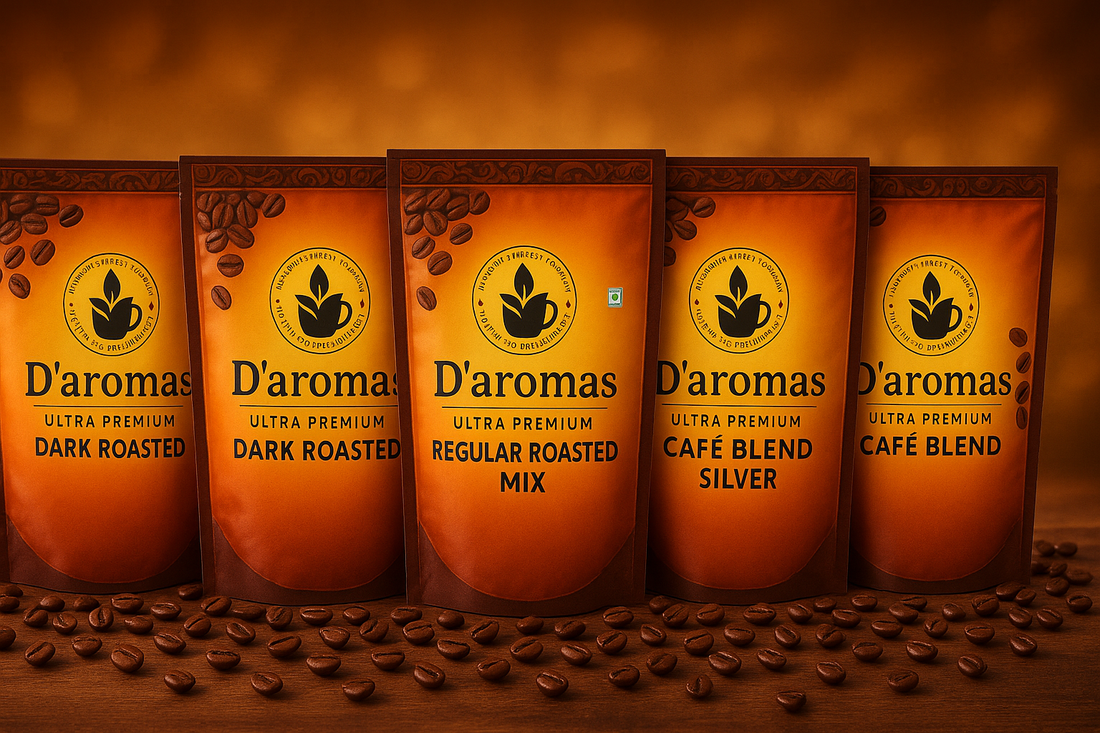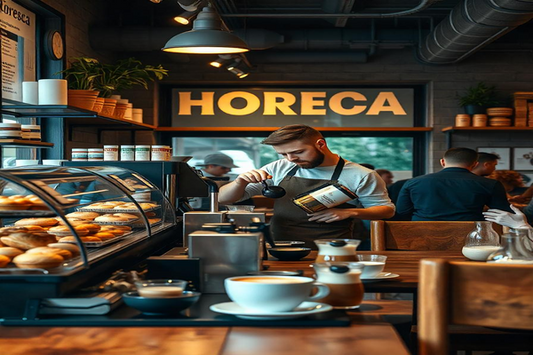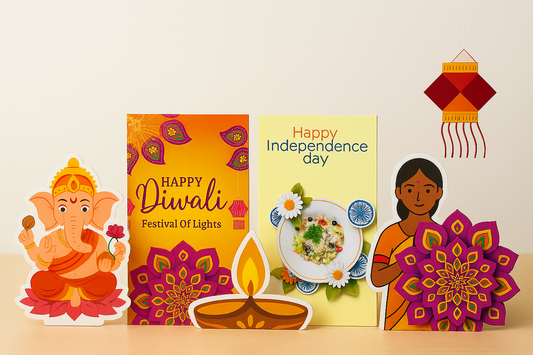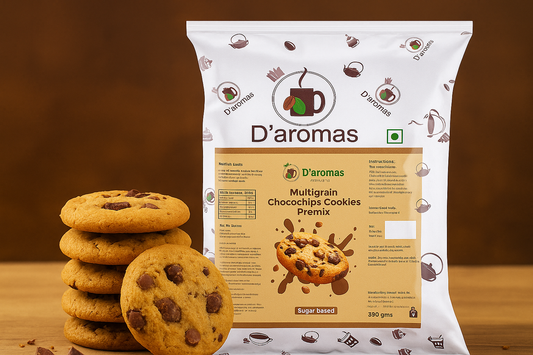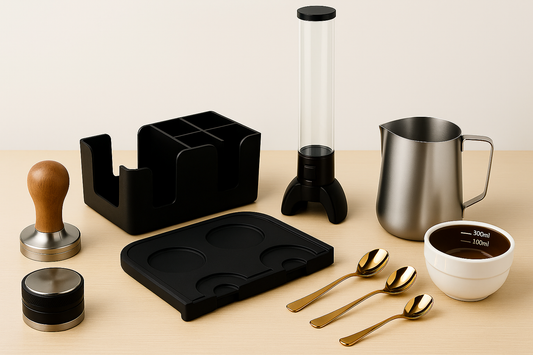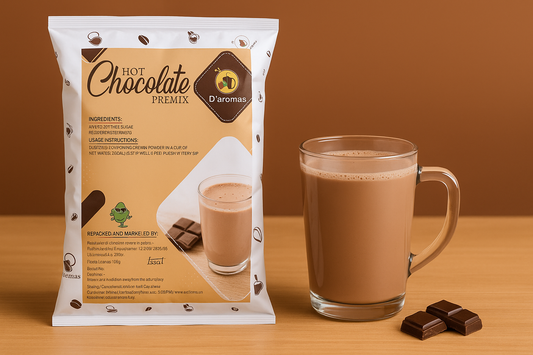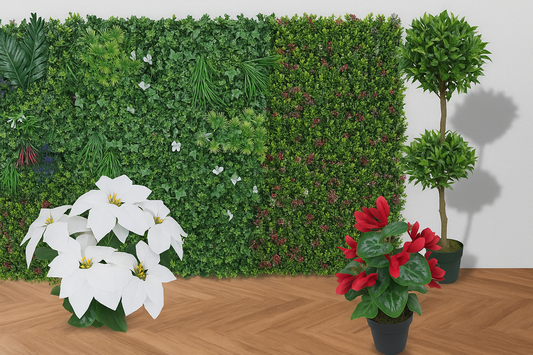A great cup of coffee starts with the right beans—but not all coffee beans are created equal. The roast level of a bean dramatically affects its flavor, aroma, and intensity. Whether you’re a coffee enthusiast, a café professional, or simply exploring better brews at home, understanding the nuances between medium and dark roasted coffee beans can elevate your entire coffee experience.
In this guide, we’ll break down what makes each roast unique, how roast level influences strength and flavor, and how to choose the ideal bean for your brew method.
—
1. What Are Roasted Coffee Beans?
Roasted coffee beans are the result of green coffee beans that have been heat-processed to bring out their aroma, flavor, and color. This transformation is where coffee develops its rich character. Depending on the roast level—light, medium, or dark—each bean offers different notes, textures, and caffeine profiles.
Since most consumers prefer richer flavors and lower acidity, medium and dark roasts are among the most popular choices in both home brewing and professional settings.
—
2. Medium Roast: Balanced & Aromatic
Medium roasted coffee beans are roasted until they reach an internal temperature of around 210°C (410°F). These beans are medium brown in color and do not have an oily surface. Medium roasts preserve more of the coffee’s natural flavors while introducing a balanced sweetness and body.
☕ Flavor Profile:
-
Notes of chocolate, nuts, caramel, and mild fruit
-
Medium acidity with a smooth finish
💡 Best For:
-
Drip coffee machines
-
French press
-
Cold brew
-
Espresso (for those who enjoy brighter flavor)
👍 Ideal for: Those who want complexity without bitterness
—
3. Dark Roast: Bold & Intense
Dark roasted coffee beans are roasted to a higher temperature—typically around 230°C (446°F)—until the sugars caramelize and oils appear on the surface. These beans are nearly black in color and deliver a fuller body and smoky finish.
☕ Flavor Profile:
-
Rich, earthy, and bitter-sweet
-
Hints of cocoa, toasted spice, or dark chocolate
-
Low acidity and higher perceived “strength”
💡 Best For:
-
Espresso machines
-
Moka pots
-
Strong cappuccinos and lattes
👍 Ideal for: Those who enjoy bold flavors with depth and minimal acidity
—
4. Strength vs. Roast: Clearing the Confusion
Many people believe darker roast equals more caffeine—but that's a myth. Caffeine levels are fairly consistent across roast levels, though medium roasts might have slightly more by weight.
☑ Roast Level Impacts:
-
Flavor intensity (not caffeine)
-
Bitterness and body
-
Oiliness of the bean (affects brewing equipment)
So when we talk about strength, we’re referring more to taste perception than actual caffeine content.
—
5. Choosing the Right Roast for You
Still deciding? Here’s a quick comparison:
| Roast Level | Acidity | Body | Flavor Notes | Best Brew Methods |
|---|---|---|---|---|
| Medium | Medium | Medium | Nutty, caramel, fruity | French press, drip, pour-over |
| Dark | Low | Full | Smoky, chocolate, spicy | Espresso, moka pot, milk-based drinks |
💡 Pro Tip: Buy whole beans and grind just before brewing to preserve freshness and flavor.
—
Shelf Life and Storage
To maintain quality, always store roasted coffee beans in an airtight container in a cool, dry place—away from direct sunlight. Premium roasted beans have a shelf life of up to 12 months if stored properly, but they’re best used within 3–4 weeks of opening.
—
Conclusion
Roasted coffee beans are the heart of any great cup. Whether you prefer the smooth balance of a medium roast or the deep richness of a dark roast, understanding the difference allows you to choose coffee that matches your palate and brewing style.
Ready to explore premium roasted beans? Discover a curated selection of freshly roasted medium and dark roast coffee beans crafted for every kind of coffee drinker.

